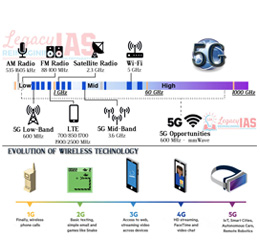5G will provide smartphones with near-instantaneous connectivity, 20 times faster than 4G. Learn about 5G Technology with the help of this Infographic.

More about 5G Technology and Spectrum
5G is the 5th generation mobile network. It will take a much larger role than previous generations.
Trials and the first commercial services are already showing what great potential 5G networks have. But significant amounts of widely harmonised spectrum is a must for this potential to come true. 5G spectrum is needed across three ranges: Sub-1 GHz, 1-6 GHz and above 6 GHz.
Pioneering ultra-high speeds and the lowest latencies are dependent on access to spectrum in the latter range. Here, 26 GHz and 28 GHz have emerged as two of the most important 5G spectrum bands.
The result means national governments around the world now have the opportunity to consider 5G spectrum assignments across the identified mmWave spectrum. In doing so, they will help deliver long-lasting socio-economic benefits.
The other mobile network generations are 1G, 2G, 3G, and 4G.
- 1G delivered analog voice.
- 2G introduced digital voice (e.g., CDMA).
- 3G brought mobile data (e.g., CDMA2000).
- 4G LTE ushered in the era of mobile Internet.




